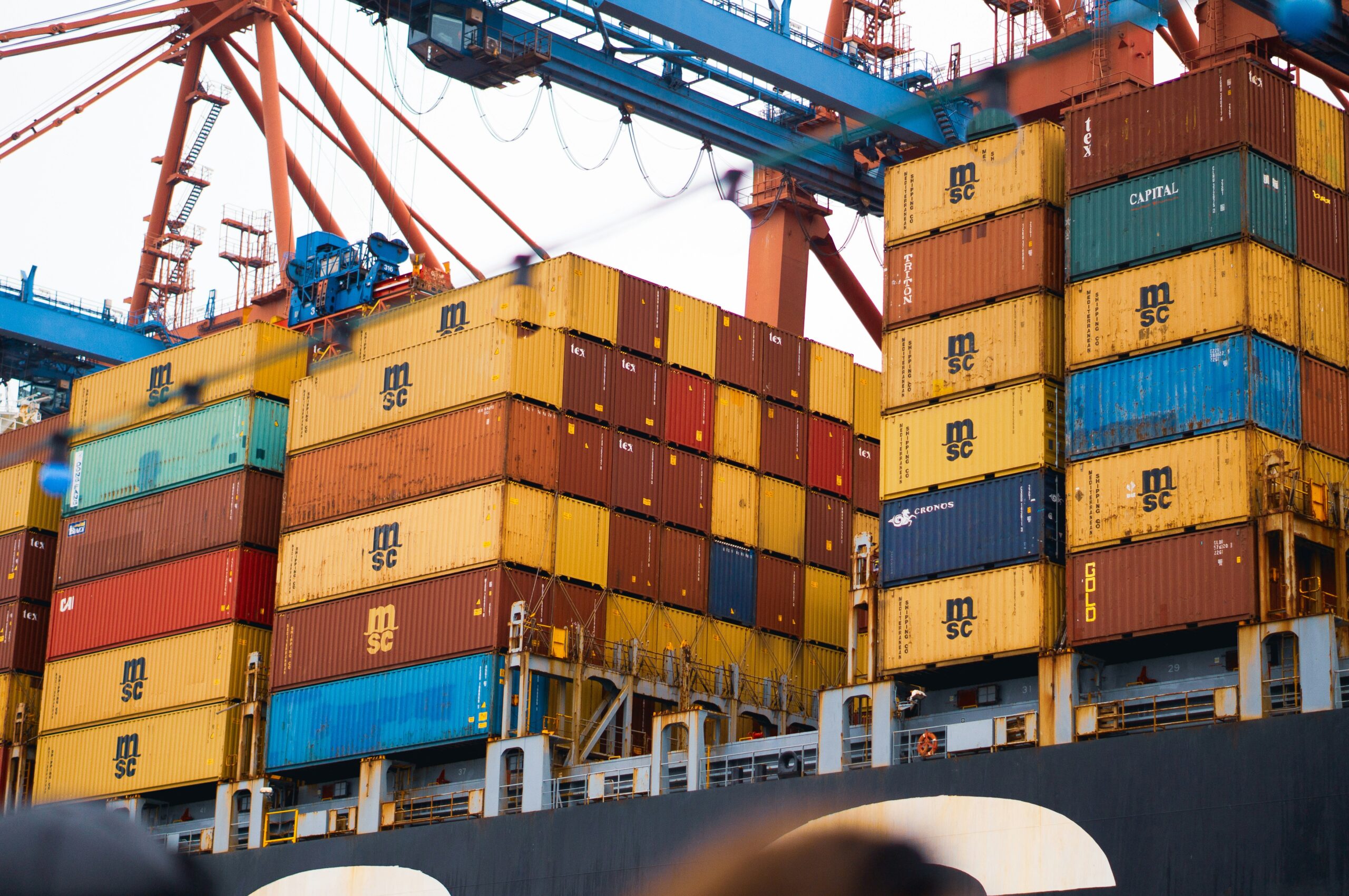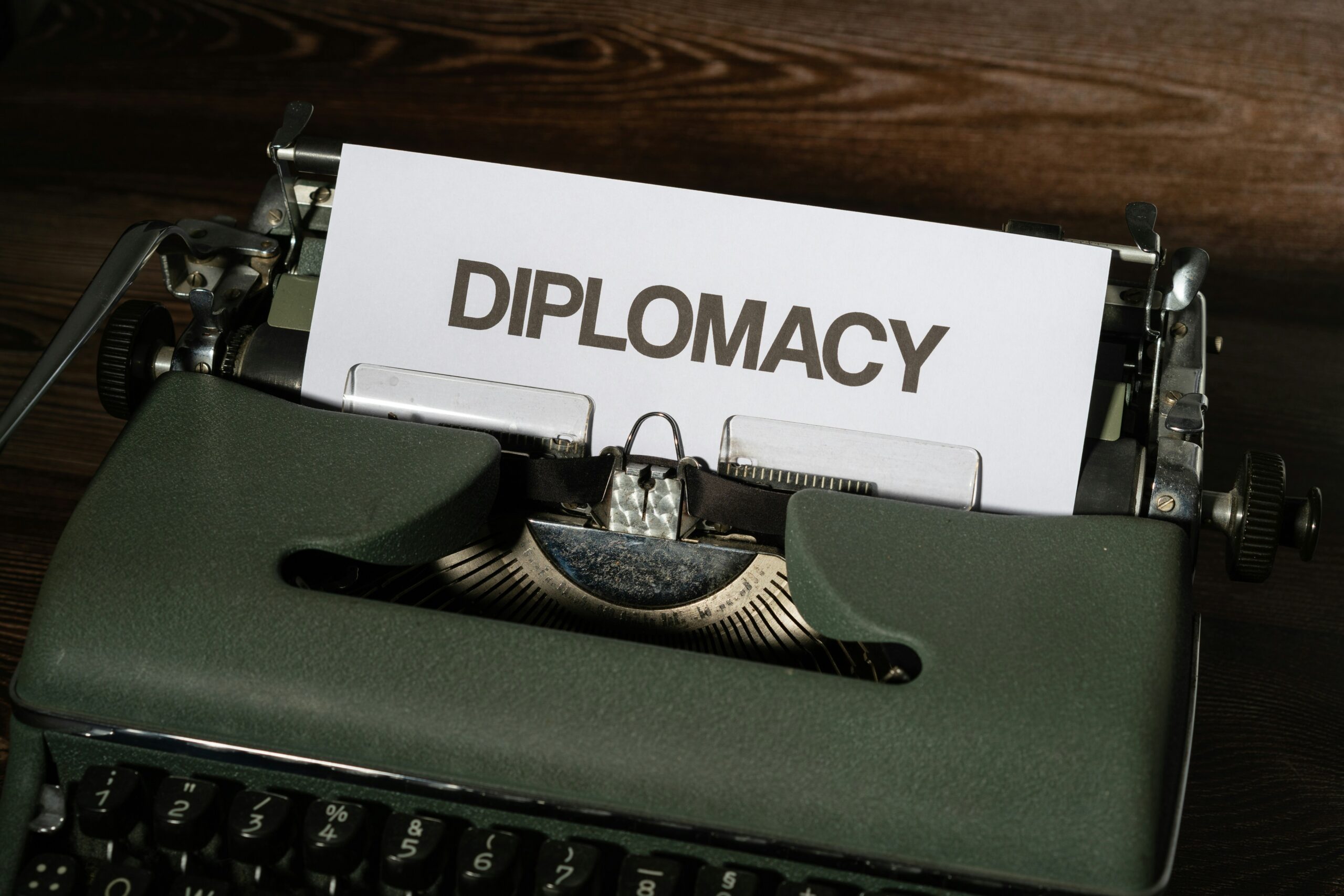Despite a rapid rise in viruses at the start of the year, Estonia’s GDP is expected to rise by 9.6% in 2021 and 4.5 percent in 2022 before dropping to 3.8 percent in 2023. The key sources of development will be domestic spending, which will be fueled by a progressive reduction in household saving rates, as well as the consumption of EU resources and investment. Inflation will likely stay high in 2022.

Estonia and European Union Association Agreement
The Association (Europe) Treaty establishes a suitable foundation for Estonia’s progressive inclusion into the European Union. The Accord gives Estonia all of the benefits and obligations of being an Affiliated Participant. It aids Estonia in achieving its goal of becoming a part of the European Union. Estonia is the only member country to have signed an Affiliation Contract with the European Union that does not include a transitional phase.
Impact of European Union Free Trade Agreements
The Europe Agreement replaced the Free Trade Agreement (FTA), which had been in effect since January 1, 1995. The Europe Treaty incorporates all of the FTA’s terms and requirements. For both current and capital account operations, Estonia’s overseas trade policy has generally been liberal.
Estonia is entitled to all rewards and duties of being an Allied Part under the Accord. Through the communication of knowledge, the harmonization of rules, and the structuring of administrative and operational help in financial fraud, unlawful drug trafficking, and other illicit behavior, this deal also aids Estonia in addressing criminal activities.
EU-Newzealand Trade Agreement
The trade discussions are aimed at lowering existing trade restrictions on products and services, ensuring that European industries operate on an equal footing with enterprises from regions that already have a trading deal with New Zealand, and promoting smart, ecological, and inclusive development.
EU-Japan
The trading treaty with Japan eliminates duties and other trade hurdles, establishes a framework for cooperation to avoid trade restrictions, and assists us in shaping global trade norms that reflect our high expectations and common interests. It conveys a strong message that two of the world’s most powerful economies oppose protectionism.
EU-China
China has agreed to treat EU firms more fairly in this accord, enabling them to operate on a more fair playing ground in China. These promises involve state-owned firms, subsidy clarity, and anti-forced technology transfer policies. China also committed to elements of sustainable growth, such as climate and forced work agreements.
EU-Australia
The trade talks are aimed at reducing barriers and assisting EU businesses. It enables EU firms to compete more effectively in Australian government procurement.
EU-Mexico
The agreement eliminates high Mexican tariffs on European food and beverages, allows EU companies to offer more services to Mexico, and commits to safeguarding workers’ rights and the environment.
EU-Canada
This agreement reduces tariffs on 99 percent of all tariff lines, with 98 percent of them being eliminated when it went into effect provisionally. It protects geographical indications in the EU and strengthens and guarantees EU enterprises’ access to the Canadian services market.
EU-Singapore
The accords are designed to eliminate all customs tariffs and overlapping bureaucracy, increase trade for items like technology, food, and medicines, and promote green growth.
EU-Vietnam
This accord cuts 99 percent of tariffs while lowering regulatory hurdles and red tape. It ensures that the agreement’s rules are followed.
Free Trade Agreement Between the Republic of Estonia and The Republic of Latvia and The Republic of Lithuania
On September 13, 1993, the Republic of Estonia, Latvia, and Lithuania ratified a free trading pact.
The goals of this accord are to establish a free trade area for farmland, meals, and fish goods between Estonia, Latvia, and Lithuania, to encourage the unified growth of industrial ties between Estonia, Latvia, and Lithuania through farm produce liberalization, and to provide fair rivalry for the deal between the Parties.



